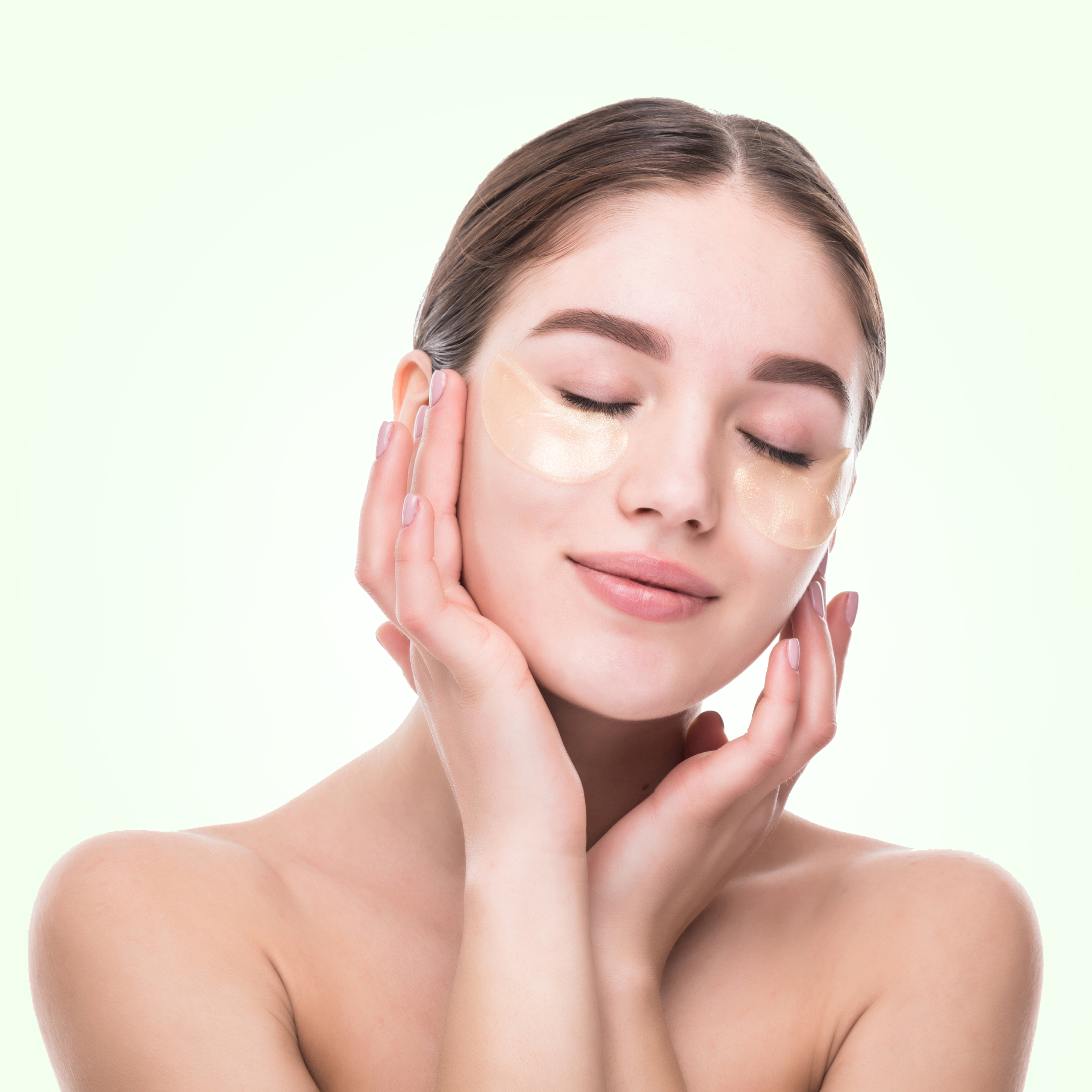How to Keep Your Seasonal Allergies Under Control

Feeling like you're just a sneeze away from a restless holiday? Here's how you can reclaim December and keep seasonal allergies at bay.
Are there certain months in the year where you're more vulnerable to sneezing and flu-like symptoms? Some people may be quick to brush off these signs as the effects of sudden weather changes. And although it may not be far from the truth, it'll be more helpful to recognize its actual underlying cause.
When you get sick at the same time every year, there's a fair chance that you might have a seasonal allergy. Sneezing, runny nose, coughing, and nasal congestion are all common symptoms of allergic rhinitis. As long as you're exposed to the allergen causing your immune system to act up, these symptoms won't go anywhere. Therefore, it's crucial to identify what you're specifically allergic to so you can manage your body's reaction.
Depending on the time of year, pollen from trees, grass, and ragweed may trigger your seasonal allergies.People who are sensitive to mold should also be wary of mold spores that can linger indoors and grow in the presence of moisture. Determining which pollen you're allergic to can be quite tricky on your own. To make sure you get a proper diagnosis, schedule an appointment with your doctor so they can take a look.
Diagnosing your pollen allergy
Your healthcare provider can run a skin test to diagnose your allergy. A nurse or doctor will apply a small drop of the possible allergen on your skin and lightly scratch the spot to elicit a reaction from your body. If you're allergic to certain pollen, there should be some redness or swelling in the area. People with skin conditions and children who aren't keen on skin testing may also opt for blood tests.
Why allergies spike up in December
Depending on your location and what type of pollen you're sensitive to, your Christmas season may most likely consist of uncontrollable sneezing and coughing fits. In the Philippines, it's been found that grass pollen is more predominant in the air. And if you reside in Quezon City, pollen pollution is most active from November to January. However, the more practical way to anticipate pollen activity is by observing the climate. Pollen density in the air increases during windy and warm weather and is the highest during mornings.
Ultimately, however, pollen activity will vary in each region, and it's up to you to remain vigilant for your health. If you recognize a pattern in which months you're more vulnerable to getting sick, setting up preventive measures will be helpful to stop symptoms from getting any worse.
Though seasonal allergies can take some time to figure out, there are some simple practices you can do to minimize their effects on your immune system.
How to manage seasonal allergies
1. Find the triggers and reduce exposure
If you suspect that you might have seasonal allergies, talk to your doctor for a skin test to detect the culprit for your allergies. Once found, it's time for you to set up some strategies to reduce your exposure to the allergen.
Staying indoors is the primary thing you want to do, especially during windy days. When you just come from outside, change your clothes and take a good shower to remove pollen elements that may have been caught on your skin and hair strands. If you hang your laundry outside to dry, you may also want to look for an alternative indoor space as pollen can stick to clothes.
2. Keep indoor air clean
Your home is supposed to be your safe place against elements that can do your body harm. To ensure you can still relax during your downtime, refrain from opening the windows to welcome a breeze that may carry pollen. Instead, turning on the air conditioner would be a wiser choice to filter the air and turn up the temperature in the room. If you're also sensitive to mold, use a dehumidifier to keep the air dry and prevent mold growth.
3. Get over-the-counter remedies
There are several nonprescription medicines available to help you ease your allergy symptoms. When you need these on hand, you can easily find them here at MyPharma.
A. Oral Antihistamines
Antihistamines can target and relieve the most common symptoms of allergic rhinitis, such as runny nose, watery eyes, and sneezing. You can get your oral antihistamine in the form of Loratadine in Allerta that is also non-drowsy and fast-acting. There is also Benadryl One with Cetirizine HCl that's twice as powerful as other medications.
B. Nasal spray or nasal decongestants
For a stuffy nose, decongestants are the way to go to clear out your nasal passages. However, please take note that it's recommended that you only use nasal decongestants for a few days in a row. Otherwise, your symptoms can get worse over a prolonged period. Sodium Chloride is used to relieve dryness in the nose and regain moisture to dissolve thick mucus. You may check out Muconase and Salinase nasal sprays to find the medication that suits you best.
In most cases, taking the appropriate medications is enough to ease symptoms. But when your allergies don't improve and the medicines you're taking appear to make your symptoms worse, it's time to visit your doctor. You can be rest assured that they'll find the proper treatment for you. Allergy shots are another treatment option to make your body immune or desensitized against the substances that cause your body to react.
Though seasonal allergies can dampen the holiday mood, you're more than capable of preventing the symptoms from running wild. Take a mental note of the tips we've shared and turn to the guidance of your doctor to seek the best treatments. When you do, you can bet that you're always armed and ready to breathe in the fresh breeze of a new season. — (MyPharma)











